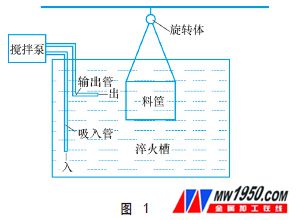

Description:Rockwool FELT is a kind of insulation materials with chosen high-quality natural rock as the main raw materials,such as basalt,dolomite,melted in the cupola,centrifugate into fiber in high speed by four rollers centrifuger and sparying a certain amount of binder,dust proof oil and moisture repel.
ROCKWOOL FELT have higher strength and better elasticity. The folded rock wool board with certain compression resistance has greater drawing strength, and it does not tend to peel off and has greatly improved durability.
The Advantage of Fireproof Rock Wool Insulation and Mineral Wool Insulation
1) Small coefficient of heat conductivity and good capability of heating preservation;
2) Excellent fireproof capability, Excellent sound absorption and sound insulation capability;
3) Green building materils and no harm for body;
4) The rock wool has higher and better elasticity;
5)The folded rock wool board with certain compression resistance has greater drawing strength, and it does not tend to peel off and has greatly improved durability.
6)The felt can be with wire or glassfiber for reinforced.
7)The size can be 1m or 1.2m width,length can be made according to client's request.
Rockwool Felt
Rockwool Felt,Rock Wool Felt,Rock Wool Felt With Wire,Rock Wool Felt With Glass
HEBEI HENGDA SEALING MATERIALS CO.,LTD. , https://www.hengdasealing.com